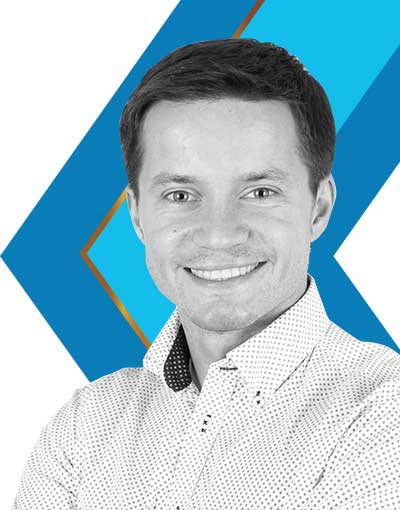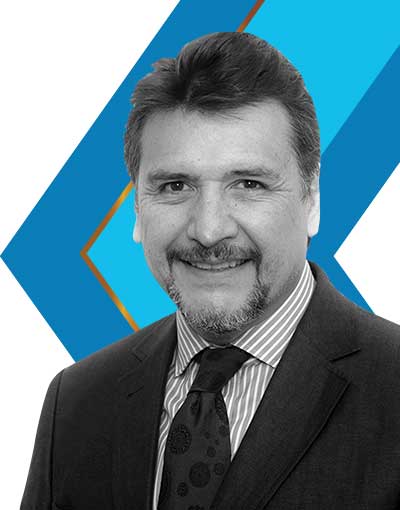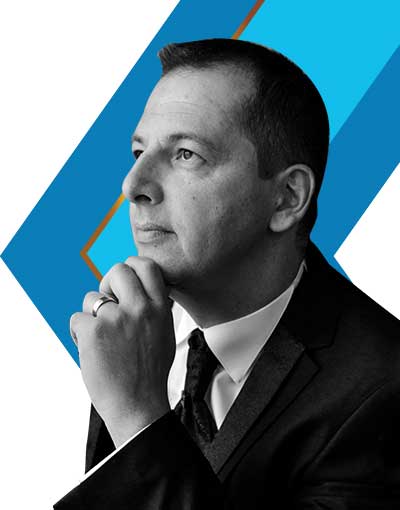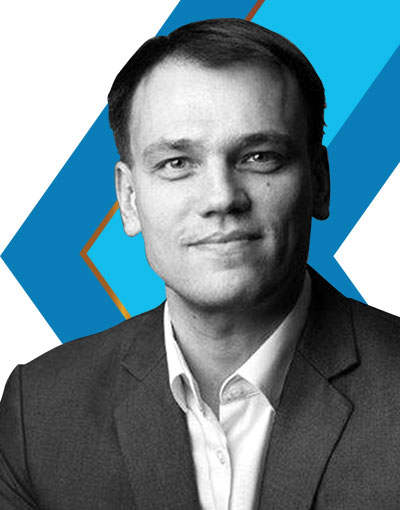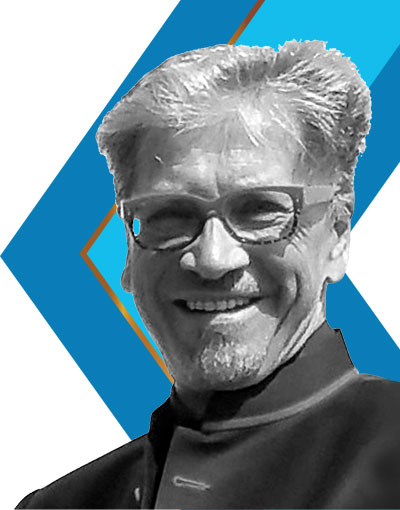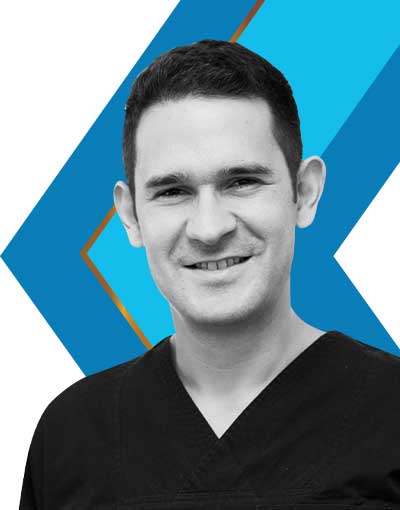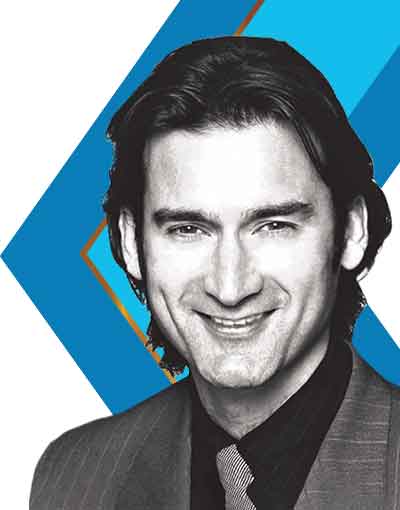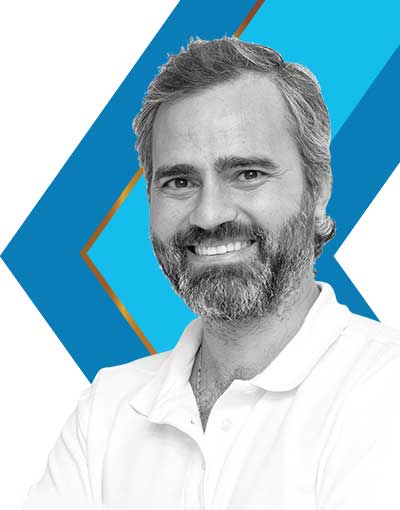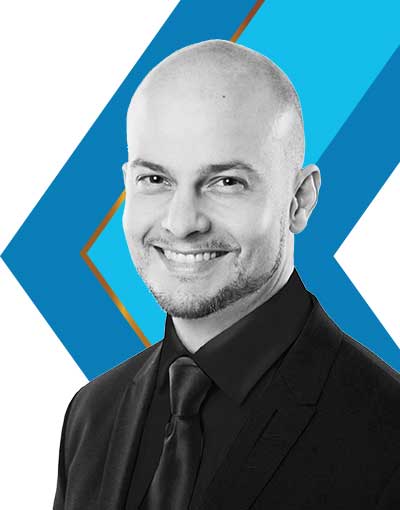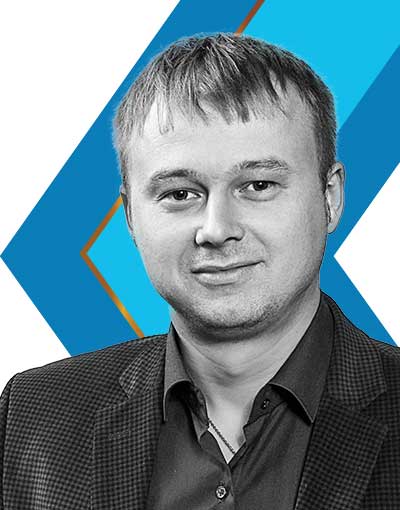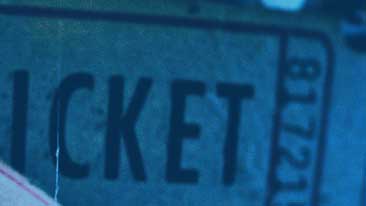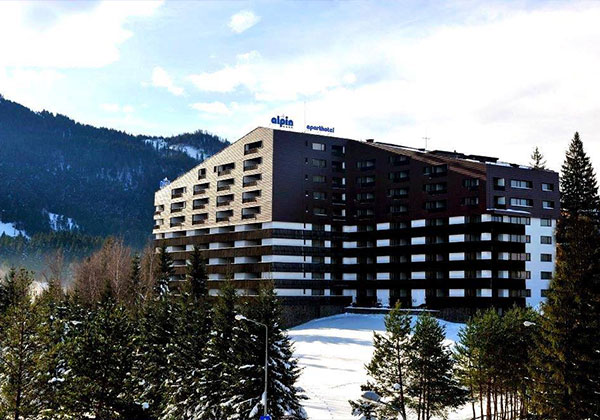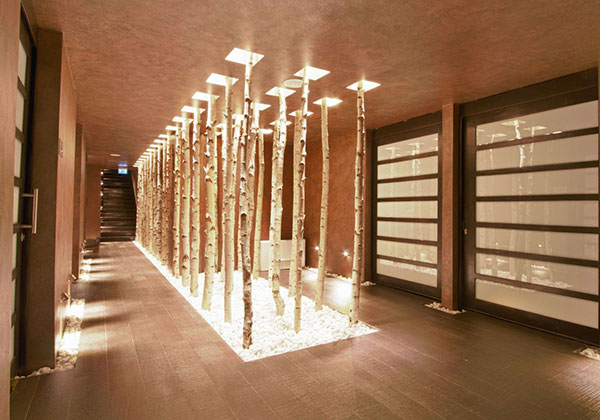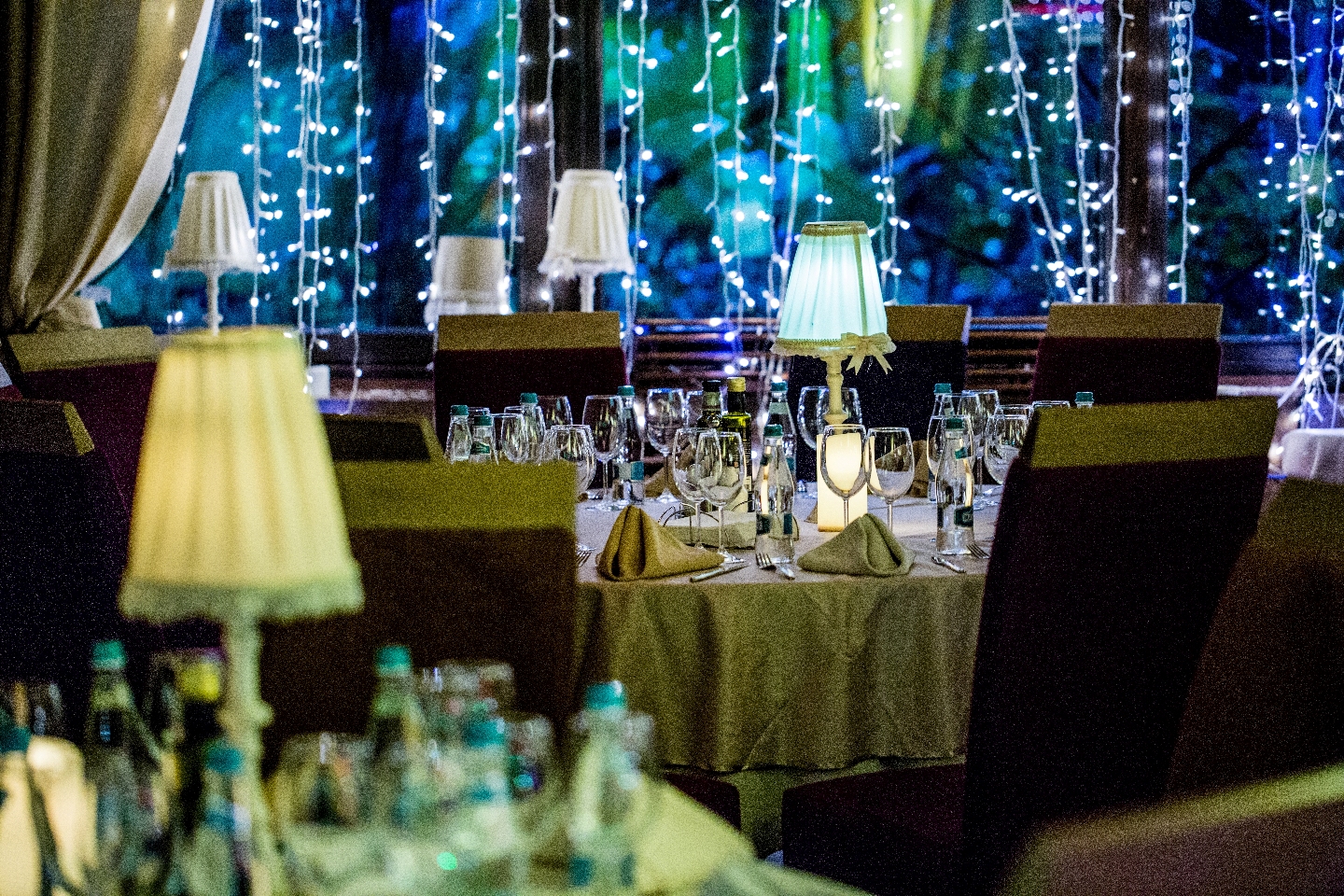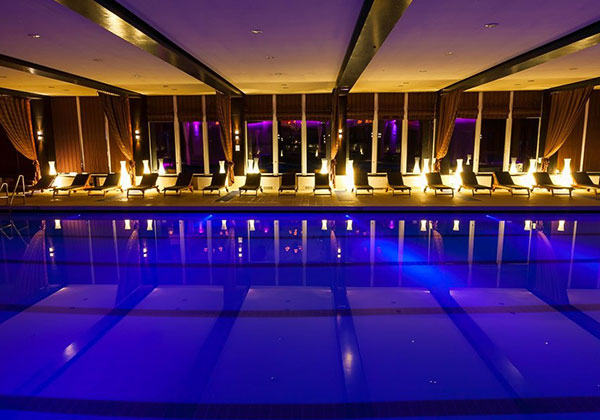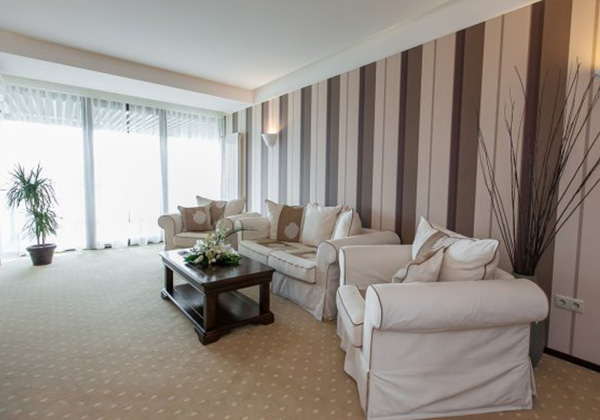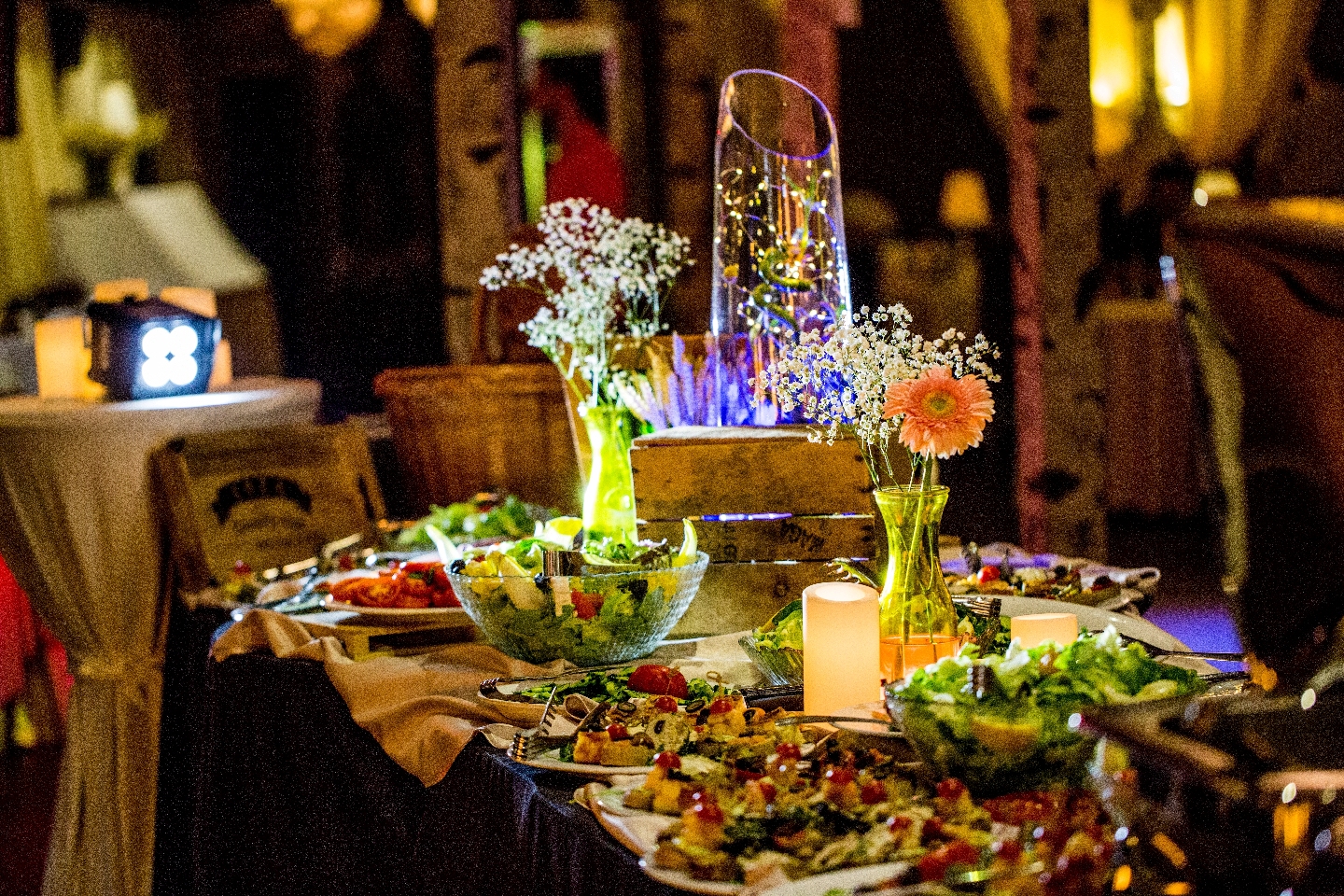Speakerii noștri vă invită la
Congresul ImplantoDays

Dr. Sascha Jovanovic
SUA
Dr. Frank Zastrow
Germania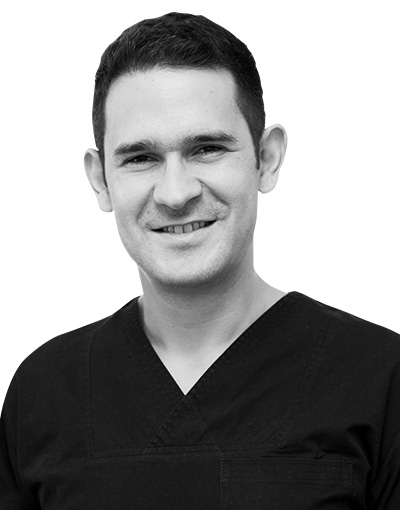
Dr. Mihnea Cafadaru
România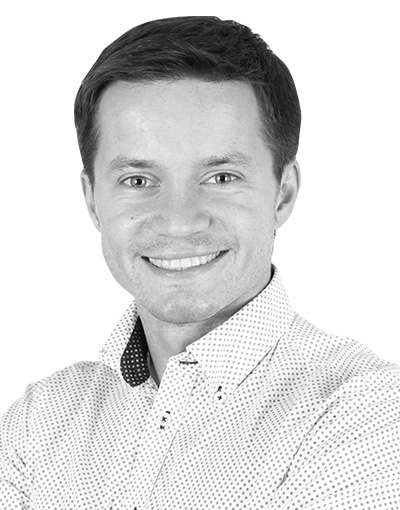
Dr Nazariy Mykhaylyuk
Ucraina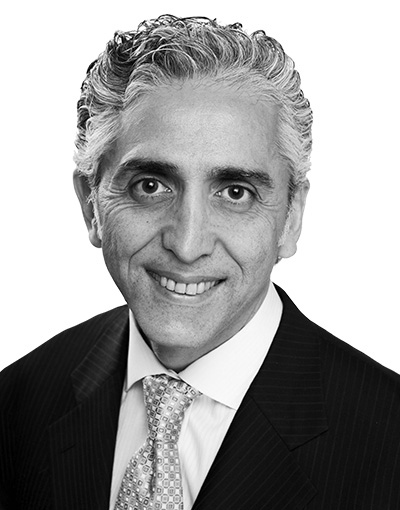
Dr. Homa Zadeh
SUA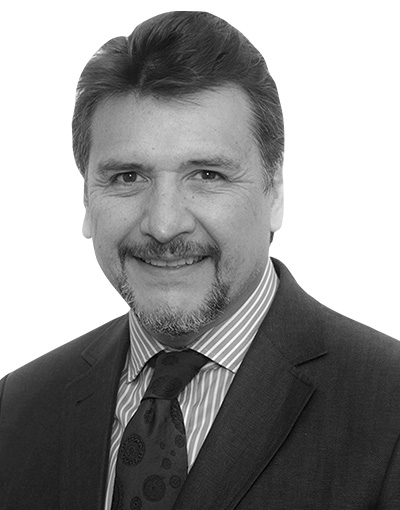
Dr. Orlando Alvarez
Chile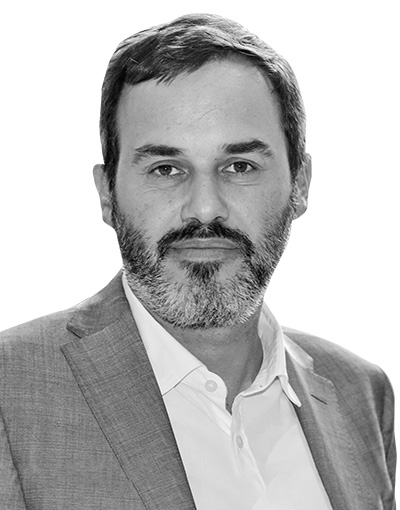
Dr. Pietro Felice
Italia
Dr. Oscar Gonzalez
Spania
Dr. Roland Torok
Germania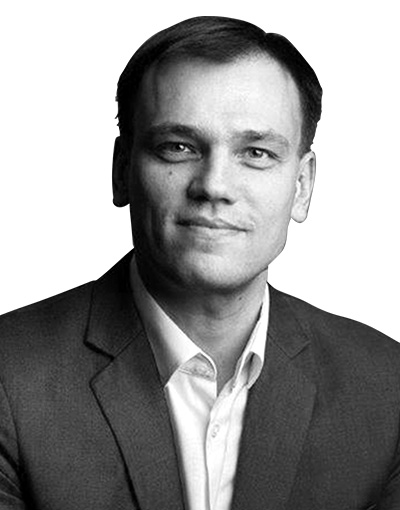
Dr. Tomas Linkevicius
Lituania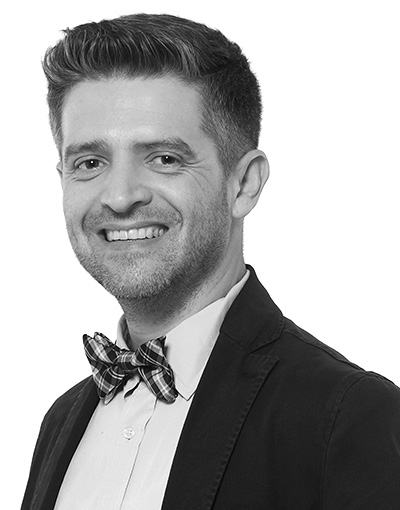
Td. Cristian Petri
România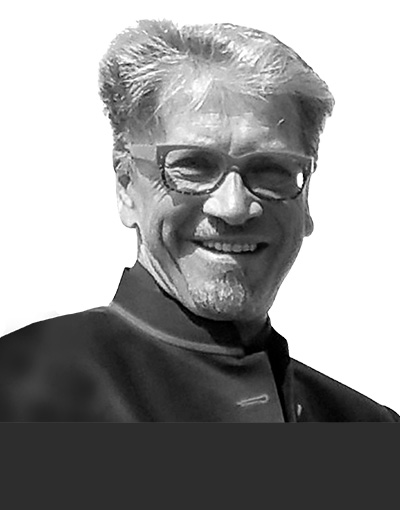
Dr. Angelo Troedhan
AustriaDr. Sascha Jovanovic
Los Angeles, California
Periodontist & Implant Surgeon
▸ Dr. Sascha A. Jovanovic is considered one of the founders of guided bone regeneration (GBR). He was formally trained in periodontics at UCLA School of Dentistry, in Implant Dentistry at Loma Linda University and in Prosthodontics at University of Aachen, Germany and holds a Master of Sciences degree in Oral Biology from UCLA.
▸ He restricts his clinical work to dental implant therapy and bone & soft tissue reconstruction and is Founder and Academic Chairman of the gIDE Institute and Assistant Professor at Loma Linda University.
▸ He is the past-president of the European Association for Osseointegration (EAO) and a past-Board member of the Osseointegration Foundation (OF). He is an honorary member of the South African Society of Periodontology, was the program chair of the EAO 2000 scientific congress, as well an award recipient from the American Academy of Periodontology, the California Society of Periodontists, and the German Implant Society (DGI).
▸ Dr. Jovanovic's clinical research emphasizes esthetic management in dental implant therapy and bone and soft tissue reconstruction techniques. His applied research focuses on bone regeneration with different bone graft materials, growth factors and barrier membranes as well as the biology of soft tissues around teeth and implants.
▸ He lectures extensively worldwide and has published over 65 articles and book chapters, and one textbook titled Color Atlas of Implantology (Thieme Publ.) which is translated in 8 languages. He is the Editor-in-Chief of the gIDE academic curriculum, is on several editorial boards for scientific journals and presents and teaches his implant protocols globally.
Dr. Frank Zastrow
▸ Dr. Frank Zastrow is an experienced oral surgeon and former senior physician at Professor Dr. Fouad Khoury, clinic Schloss Schellenstein in Olsberg, Germany. Now he leads his own private clinic in Wiesloch, Germany. His focus is the bone and soft tissue reconstruction in complex and compromised cases. For this topic he is also an international speaker (www.frankzastrow.com) and founder of the facebook group `Real Bone Builders` -a platform for Biological Bone Augmentation, which focusses on working with pure autogenous bone and tissues.
▸ After he finished the dental school in University of Heidelberg, Germany, he became research associate at the oral surgery and maxillofacial surgery center of the University of Heidelberg (medical director: Prof. Dr. J. Mühling). 2008 he got licensed for dentistry and oral surgery, doctorate from University of Heidelberg. 2009-2012 he practiced as oral surgeon at the private clinic Schloss Schellenstein, Olsberg, Germany (medical director: Prof. Dr. F. Khoury) and from 2011 he was Senior Physician at the private clinic Schloss Schellenstein. 2011 he licensed to `Master M.Sc. Implantology and Dental Surgery in the University of Münster, Germany.
Dr. Mihnea Căfădaru
▸ Dr. Mihnea Cafadaru graduated from the University Victor Babes Timisoara-Romania in 2007. He then started training in implant dentistry and periodontology. In 2008 he finished a one-year specialization in implant dentistry, under the authority of Professor Bratu Emanuel in Timisoara-Romania. Since then, Dr. Cafadaru has focused on learning from the best trainers in Europe, including Inaki Gamborena, Marius Steigmann, Anton Sculean, and Mauro Fradeani.
▸ Dr. Cafadaru’s main focus is clinical periodontology and implant dentistry, along with microscope-enhanced dentistry.
▸ He is an Expert Presenter for Dental XP.com, one of the biggest learning platforms in the world.
▸ In 2013, he started a new project called Dental Clinique by Dr. Cafadaru in Arad, Romania. The dental clinic specializes in implant dentistry, esthetic dentistry, prosthodontics, and periodontal treatments. Also it focuses on LIVE OP TRAINING for doctors from inside and outside Romania.
Dr. Nazariy Mykhaylyuk
Nazariy Mykhaylyuk is a specialist in a field of microscopic dentistry (mostly indirect restorative dentistry). Works in Ivano-Frankivsk, Ukraine in family clinic in a team with his father and dental technician Bogdan Mykhaylyuk (Oral Design Ukraine).
▸ 2008 - He qualified as a dentist in Ivano-Frankivsk Medical University.
▸ 2010 - Created M.Vision Academy and started organising courses for dentists on topic “Tooth preparation with microscope for full crowns”.
▸ 2011 - Started organising new courses on topics - “Photo and video documentation in dentistry. Microscopic approach”, “Total rehabilitation from A to Z”, “Indirect restoration - from macro to micro. MicroVision approach” Developed his personal kit for teeth preparation for full crowns (Komet)
▸ 2013 - Developed hand instrument for finishing preparations (enamel chisels - Deppeler)
▸ 2010 - Organised about 80 courses in M.Vision Academy for about 1100 dentists.
▸ 2013 - Clinical work 70%, lecturing 30%.
By now visited over 50 countries sharing knowledge with other dentists.
- Co-founder of MicroVision group
- Founder of M.Vision
- DSD team member
- DentalXP expert
Homa H. Zadeh, DDS, PhD
▸ Dr. Zadeh is a tenured Associate Professor and the director of the post-doctoral periodontology program at the University of Southern California (USC), Herman Ostrow School of Dentistry and a diplomate of the American Board of Periodontology. Dr. Zadeh received his doctor of dental surgery degree from USC Ostrow School of Dentistry. He has also completed advanced clinical education in Periodontology and earned a PhD degree in immunology from the University of Connecticut, Schools of dental medicine and medicine.
▸ Dr. Zadeh is internationally recognized for his clinical and scientific expertise. His clinical areas of interest range from esthetic and minimally invasive periodontal and implant surgery, as well as tissue engineering.
▸ Dr. Zadeh directs the Laboratory for Immunoregulation and Tissue Engineering (LITE) at USC, dedicated to studying basic mechanisms to regulate bone and tissue regeneration/destruction under health/disease states, as well as conducting clinical trials of dental implant outcomes. He has extensive publication track, having published in peer-reviewed journals, as well as many book chapters.
▸ Dr. Zadeh has served as the director of the USC International Periodontal and Implant Symposium for the past 16 years of its 44-year history.
▸ Dr Zadeh served as the president of the Western Society of Periodontology in 2017. He is an active member of the American Academy of Periodontology (AAP), Academy of Osseointegration (AO), American Academy of Esthetic Dentistry (AAED) and American Association for Dental Research (AADR). Dr. Zadeh also maintains a part-time private practice limited to Periodontology in Southern California.
Prof. Dr. Orlando Alvarez Del C. http://oseointegracion.blogspot.com
▸ Dr. Alvarez graduated as DDS from the University of Chile in 1988. He has had the following appointments and degrees: magíster (MS) in Implant Oral Rehabilitation, University Andrés Bello, Chile; speciality diploma in Implant Prosthesis & Rehabilitation, Clinica Valdivia with patronage by the Brånemark Osseointegration Center Gothemburg Sweeden; speciality diploma in Administration of Health Institutions from the University of Chile; speciality diploma in Business and Marketing Administration from the Catholic University of Chile. Dr. Alvarez receive the Professor degree at the Dentistry Faculty University of Chile.
▸ Dr. Alvarez learned the Litorim procedure which later on develops into NobelGuide at Katholieke Universiteit Leuven, Belgium with Prof. Daniel van Steenberghe in January 2005. He has been an invited professor to the Dentistry Faculty, University of Los Andes, Chile and invited lecturer and teacher to many other universities in Chile and South America. He is a Member of the Chilean Prosthesis Society & Chilean Implant Society, ITI member and dentalxp member (expert & lecturer).
▸ Dr. Alvarez was official NobelBiocare speaker and trainer in Nobel Guide software based procedure, he developed the first guided surgery in Latin America and actually is one of the most world wide experienced also KOL & speaker for BioHorizons Implant System actually Dr Alvarez leads the R&D department at Cortex Dental Industries Ltd. He has had a private practice in prosthodontics & Implants since 1990.
Dr Pietro Felice
▸ Dr Pietro Felice graduated in Dentistry and subsequently in Medicine at the University of Bologna. He completed his research doctorate in Dermatological, Maxillofacial and Plastic Reconstructive Sciences.
▸ He is currently Assistant Professor of Dental Sciences at Bologna University lecturing in Implant Surgery in the Degree Course in Dentistry and Dental Prostheses.
▸ Dr Felice has published many articles in international peer-reviewed journals and serves on the editorial board of specialist international journals and on the Cochrane Collaboration.
▸ He is a member of leading Italian and international associations of implantology and dental surgery.
Dr. Oscar Gonzalez
▸ Dr. Gonzalez-Martín received the DDS degree from University of Seville in 1999 and he was appointed as an assistant professor at the same university from 1999 to 2005, while combining to private practice. In 2005, he moves to Philadelphia to obtain the MS degree in Graduate Periodontics and Periodontal-Prosthesis in 2009 from University of Pennsylvania. He received the Arnold Weisgold ́s Director ́s Award. He joined the UPenn faculty as an Adjunct Assistant Professor in 2009 and he currently keeps the position.
▸ He became a Diplomate of the American Board of Periodontics in 2009. In 2010, he received an scholarship to join to the Fixed Prosthodontic and Occlusion Department at the University of Geneva School of Dental Medicine. In 2015, he obtained an International PhD at the University of Seville. At the present moment, he teaches in the graduated program of Periodontology at University Complutense of Madrid while combines to a private practice exclusively in Periodontics, Prosthesis and Implants in Gonzalez + Solano Atelier Dental.
▸ D.D.S. degree. University of Seville.
▸ Periodontal and Perio-Prosthesis Program. University of Pennsylvania School of Dental Medicine (2005-09).
▸ Arnold Weisgold’s Director’s Award. University of Pennsylvania.
▸ ITI Scholar Department of Fixed Prosthodontic. Université de Genéve (2009-10).
▸ Diplomate Certified American Board of Periodontology.
▸ MSc. Masters of Science in Oral Biology. University of Pennsylvania.
▸ International PhD (University of Seville, 2015).
▸ Adjunct Assistant Professor. Periodontal and Perio-Prosthesis Depatment. University of Pennsylvania School of Dental Medicine.
▸ Clinical Professor and lecturer. Postgraduated Program in Periodontology. University Complutense of Madrid.
▸ Private practice exclusively in Periodontic, Prosthesis & Implants in Madrid (Gonzalez + Solano Atelier Dental).
ROLAND TÖRÖK DMD
▸ DR. Roland Török ist he founder of „Implant Institute Török“, it was developed in 2008 to provide quality continuing education on the subject of dental implants and bone management . Since 2003 he is lecturing in Germany and many other countries (Germany, Austria, Poland, Slovakia, Swiss, Romania, Croatia, Serbia, Bulgaria, Slovenia, Makedonia, Portugal, Italy, France, Israel, Taiwan, Dubai, Hungary, Turkey, Cyprus, USA, Russia, Thailand, Vietnam, China, Marroco) about implants and bone regeneration, he is working in the development for augmentation materials and implant design with different companies.
▸ DMD.Török is dentist and dental tehnician , he was the youngest specialist in implantology in “Who is who“ ,maintains a private practice for general dentistry with focus on implants and prostodontics in Nuernberg/Germany.
▸ DMD.Török is dentist and dental tehnician , he was the youngest specialist in implantology in “Who is who“ ,maintains a private practice for general dentistry with focus on implants and prostodontics in Nuernberg/Germany. He is an Expert in Implantology (certified by ICOI Europe), teach Implantology in the Curriculum Implantology ICOI Europe (Germany), ICOI China, PSI (Polnish society for implantology) and teached in the University „Carol Davila“ in Bucharest/Romania in the department for Maxillo Facial Surgery, published articles about augmentation and Sinus-Lift, he serves on the editorial bord in the Journal for Maxillo Facial Surgery (Romania) and POSEIDO He is organizing meetings and live surgery courses in his institute.
▸ Active member in numerous societies such as: President ICOI Europe for Germany, Ambassador ICOI, Diplomate ICOI, BDIZ, EDI (The European Association of Dental Implantologists), SRCOMF (Romanian Association for Oral and Maxillo Facial Surgery), Program coordinator and editor „Poseido“,Councilor of the SEUCC(south eoropean union counter cancer) /SEHNOS ( south european head and neck oncology society).
Dr. Tomas Linkevicius
▸ Dr. Tomas Linkevicius has received DDS degree in 2000 in Kaunas University, Lithuania. In 2004 he finished post-graduate program in prosthodontics in Vilnius University. In 2009 he has defended theses “The influence of mucosal tissue thickness on crestal bone stability around dental implants” and received PhD degree in Riga Stradins University, Latvia. Currently, dr. Tomas Linkevicius serves as Assoc. Professor in Institute of Odontology, Vilnius University. He also works in private practice “Vilnius Implantology Center” and is a founder of private research center “Vilnius Research Group”.
▸ Dr. Tomas Linkevicius serves as a reviewer in dental journals, like “International Journal of Oral and Maxillofacial Implants”, “Journal of Periodontology”, “Clinical Implant Dentistry and Related Research” and “Journal of Clinical Periodontology”. He is the author and co-author of many articles in international journals, indexed in PubMed. Dr. Tomas Linkevicius lectures internationally and conducts extensive research in implant dentistry. He holds the patent for invention in implant prosthodontics.
▸ He is a member of European Association for Osseointegration (EAO) and is active in national organizations. In 2009 he has received National Lithuanian Young Scientist Award. In 2012 he was participant of the 3rd EAO Consensus meeting in Pfaffikon, Switzerland.
Td. Cristian Petri
▸ S-a născut în anul 1978 în inima Transilvaniei.
▸ A absolvit tehnica dentară în anul 1999 în Cluj-Napoca unde și-a început ucenicia, după care a lucrat în laboratoare din America și Germania, specializandu-se pe lucrări scheletate, telescoape și protetică pe imlplanturi.
▸ Și-a continuat studiile la Danube University Krems. Pe lângă aceasta, a urmat cursurile organizate de: Masimiliano Trombin, MDT; Achim Ludvig, MDT; Haristos Girinis, MDT; Nondas Vlachopoulos, CDT; Uwe Gehringer, MDT: Thomas Sing, MDT; Jan Langner, MDT; Sensei Shigeo Kataoka, MDT. Începând cu anul 2002, deține propriul laborator dentar în Cluj-Napoca, iar din 2011 se axează pe reabilitări complexe, estetică, minim-invazivitate și funcție.
▸ Începand cu 2011, susține cursuri de specialitate in Romania dar si in alte tari, publica articole în reviste naționale și internaționale precum: Dental Target, Dental Dialogue, Das Dental Labor, Spectrum Dialogue, Labline Magazine, Quintessence, Reflex, CAD/CAM International.
▸ A primit cateva premii naționale și internaționale printre care amintim:
▸ 2005 - Premiul Dental Progress / Lichtenstein
▸ 2014 - Premiul I în colaborare cu Dr. Silvana Canjau-Post "Terapia minimă invazivă - soluția la un rezultat estetic și funcțional", Congresul Internațional de Dentist Esthetic, București, România
▸ 2017 - Împreună cu dr. Ionut Branzan au fost câștigătorii premiului "Excelența în protetică" (Zerodonto - AIOP, APS, JPD), Italia
▸ 2018 - Cristian Petri a fost invitat sa devină membru al prestigiosului grup Oral Design de către fondatorul Willi Geller și este proprietarul primului Cen-tru Oral Design din România. Este co-fondator și președinte al Dental Initiative România, o asociație non-profit cu caracter educațional
▸ Este, de asemenea, inițiatorul congresului TEAM din România.
Prof. Dr. Dr. Angelo Troedhan
▸ Academic degrees:
- Dr.Dr., PhD, DMD, MD, GP, v.Prof.
- v.Professor Faculty of Dentistry Health Science University Vientiane
- v.Professor Faculty of Dentistry Alexandria University
- Specialist for cosmetic and reconstructive Maxillofacial Surgery
- Specialist for General Dentistry, Oral Surgery and Implantology
- Member of the Austrian Society of Oral and Maxillofacial Surgeons
- President of the International Academy for Ultrasonic Surgery and Implantology
▸ Current Affiliations:
- Director of the Center for Facial Esthetics – Vienna
- Senior Surgeon General Hospital “Hietzing”, Dep. of Oral & Maxillofacial Surgery and Dentistry
- Consiliary CMF-Specialist of the Traumatology Department of the Wilhelminen-Hospital of the City of Vienna
- Consiliary CMF-Specialist of the Hospital "Brothers of Mercy" of the Federal City of Eisenstadt
- President of the International Academy for Ultrasonic Surgery and Implantology (IAUSI, www.iausi.org/)
- Founding Member of the TKW-Research-Group (Dr. Troedhan, Dr. Kurrek/GER, Dr. Wainwright GER/USA)
- Co-Editor “International Journal of Oral and Craniofacial Science” (IJOCS), Peertechz.com-Publishing House, Editorial Board Member of “Alexandria Dental Journal” issued by the Alexandria University
- Permanent Reviewer of peer-review journals “Nature- Scientific Reports”, “Dentistry”, “British Journal of Medicine and Medical Research” and more
▸ Description:
▸ v.Prof.Dr.Dr. Angelo Troedhan is specialist in Craniomaxillofacial Surgery with focus on traumatology, reconstructive and cosmetic surgery of the face and with a double-approbation also specialist in Dentistry and Periodontology.
▸ His scientific focus in the past was laser-research and since 2005 he developed patented piezoelectric surgical tools and published numerous experimental results and clinical studies regarding ultrasonic-surgical devices and surgical protocols as well as implant-systems in international peer-reviewed journals and currently chairs the International Academy of Ultrasonic Surgery and Implantology. He is also permanent member of the International Biomaterial Experts Group in Switzerland and Co-Editor of several peer-review journals in OMF-surgery.



